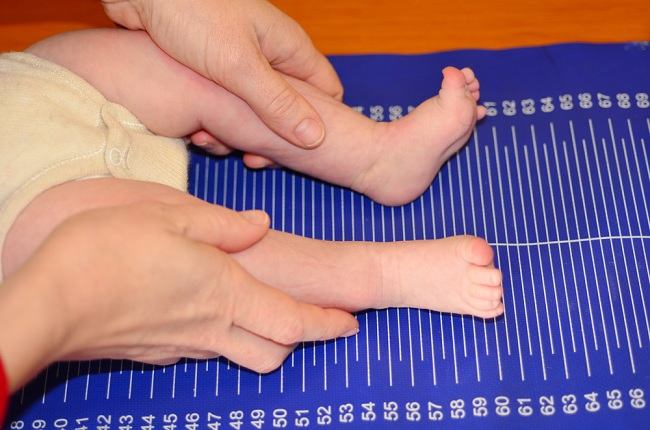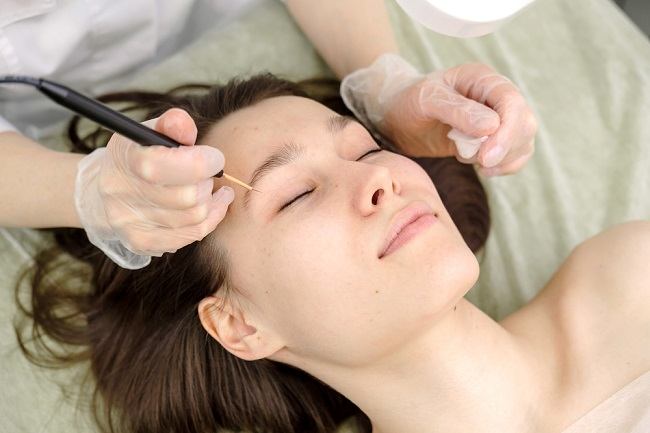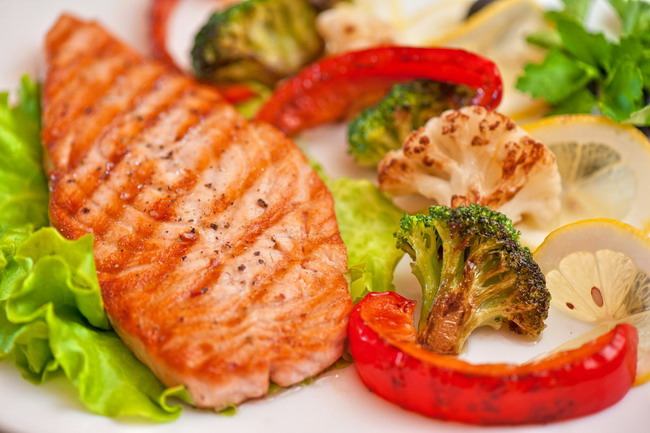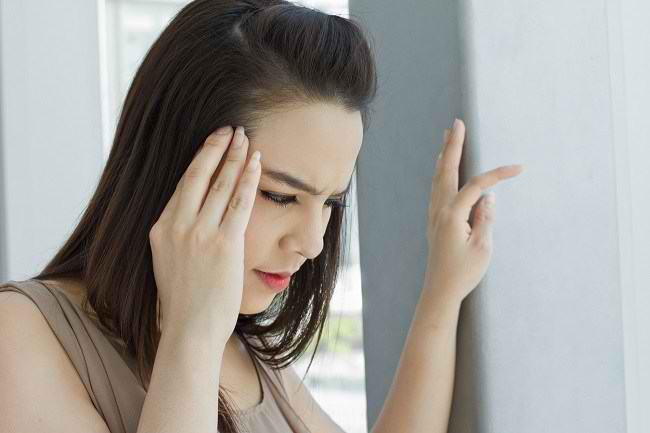Although rarely heard, cyst disease can actually be experienced by men. There are various types of cyst disease in men and the symptoms can vary, depending on where the cyst appears.
A cyst is a sac filled with air, fluid, or dead skin. Cysts can form under the skin and look like lumps, can also form in internal organs so they are not visible from the outside. Generally, cysts are harmless and do not require special treatment, unless complications occur.

What are the types of cysts in men?
Just like in women, cysts in men can also appear in various organs and areas of the body. However, there are several types of cyst disease that can only occur in men or are more common in men, namely:
1. Epididymal cyst
An epididymal cyst appears as a fluid-filled lump in the testicle. If it contains sperm, the cyst is called a spermatocele. Epididymal cysts are tender and generally painless, unless they get bigger. When it causes complaints, epididymal cysts can be treated with surgery.
The cause of the emergence of epididymal cysts is not known with certainty. Even so, it is suspected that these cysts arise when there is a blockage in one of the channels in the epididymis which functions to channel and store sperm.
2. Prostate cyst
Although rare, cyst disease in men can occur in the prostate. Prostate cysts are often asymptomatic and are usually discovered incidentally during an ultrasound examination of the lower abdomen.
Sometimes these cysts can cause pain in the perineum, which is the area between the anus and the base of the penis. Other complaints that can arise are hematuria, difficulty holding urination, or pain during ejaculation.
The cause of prostate cysts is also not known with certainty, but there are several conditions that are thought to trigger the formation of cysts in the prostate, namely prostate inflammation, benign prostate enlargement, and obstruction of the ejaculatory ducts.
3. Kidney cyst
Men are more at risk of developing kidney cysts. Increasing age is also believed to increase the risk of the emergence of these cysts. Kidney cysts usually do not cause symptoms. New symptoms appear when the cyst is large and pressing on other organs, or when the cyst is infected.
If an infection occurs, people with kidney cysts may experience fever, low back pain, frequent urination, and dark or bloody urine. Meanwhile, if the size is very large, the cyst can cause blockage and hold urine in the kidney, resulting in hydronephrosis.
4. Pilonidal cyst
A pilonidal cyst appears as a lump in the upper part of the buttocks and contains hair follicles and flakes of dead skin. When infected, these cysts can cause pain, discharge of pus from the lump, and an unpleasant odor.
To prevent the emergence of pilonidal cysts, efforts that can be done are to maintain personal hygiene, maintain ideal body weight, and avoid sitting for too long.
Cyst disease in men can occur inside the organ so it is not visible from the outside, it can also be clearly seen as a lump under the skin. Cysts on organs usually do not require special treatment, unless they cause complaints.
Cyst lumps are usually painless and harmless. However, the cyst is at risk of rupture and infection. In addition, there are other dangerous diseases whose symptoms are also in the form of lumps, such as cancer.
Therefore, you should consult a doctor if there are abnormal lumps on your body, especially in the testicles. The doctor can determine whether the lump is dangerous or not and provide appropriate treatment.









